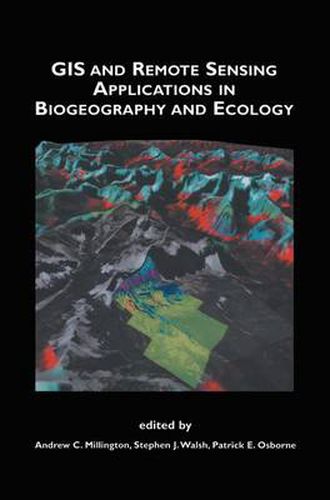Readings Newsletter
Become a Readings Member to make your shopping experience even easier.
Sign in or sign up for free!
You’re not far away from qualifying for FREE standard shipping within Australia
You’ve qualified for FREE standard shipping within Australia
The cart is loading…






This title is printed to order. This book may have been self-published. If so, we cannot guarantee the quality of the content. In the main most books will have gone through the editing process however some may not. We therefore suggest that you be aware of this before ordering this book. If in doubt check either the author or publisher’s details as we are unable to accept any returns unless they are faulty. Please contact us if you have any questions.
In recent years, the conservation of tropical forests has received worldwide publicity whereas effective forest management, particularly for timber extraction, has attracted little attention and gained some notoriety. The overall aim of the present paper was to examine how environmental micro-variation in the Chiquibul Forest Reserve of Belize can influence species distribution and thereby inform management strategy. The paper deals first with the background to forest management in Belize, then considers the methodology used in the present study and fin~~ly assesses the preliminary results. The specific objectives are: (1) to assess the effects of changing scale on the variability of selected individual soil properties in forest plots within the same vegetation class; and (2) to examine the variation in soil properties and tree species distribution, and to integrate environmental and ecological data over a range of scales. BACKGROUND Whereas the global and regional distribution of tropical forests is broadly governed by climatic and altitudinal variation, individual forest tracts need to consider a range of other, locally important factors to explain species distribution and change. With very high species diversity, tropical forests present a major challenge in the attempt to unravel controlling factors in distribution and growth (Swaine et aI. 1987). Research that attempts to explain diversity has looked at species distribution according to a range of factors, with a general recognition that soil fertility plays a significant if ill defined role (Swaine 1996).
$9.00 standard shipping within Australia
FREE standard shipping within Australia for orders over $100.00
Express & International shipping calculated at checkout
This title is printed to order. This book may have been self-published. If so, we cannot guarantee the quality of the content. In the main most books will have gone through the editing process however some may not. We therefore suggest that you be aware of this before ordering this book. If in doubt check either the author or publisher’s details as we are unable to accept any returns unless they are faulty. Please contact us if you have any questions.
In recent years, the conservation of tropical forests has received worldwide publicity whereas effective forest management, particularly for timber extraction, has attracted little attention and gained some notoriety. The overall aim of the present paper was to examine how environmental micro-variation in the Chiquibul Forest Reserve of Belize can influence species distribution and thereby inform management strategy. The paper deals first with the background to forest management in Belize, then considers the methodology used in the present study and fin~~ly assesses the preliminary results. The specific objectives are: (1) to assess the effects of changing scale on the variability of selected individual soil properties in forest plots within the same vegetation class; and (2) to examine the variation in soil properties and tree species distribution, and to integrate environmental and ecological data over a range of scales. BACKGROUND Whereas the global and regional distribution of tropical forests is broadly governed by climatic and altitudinal variation, individual forest tracts need to consider a range of other, locally important factors to explain species distribution and change. With very high species diversity, tropical forests present a major challenge in the attempt to unravel controlling factors in distribution and growth (Swaine et aI. 1987). Research that attempts to explain diversity has looked at species distribution according to a range of factors, with a general recognition that soil fertility plays a significant if ill defined role (Swaine 1996).